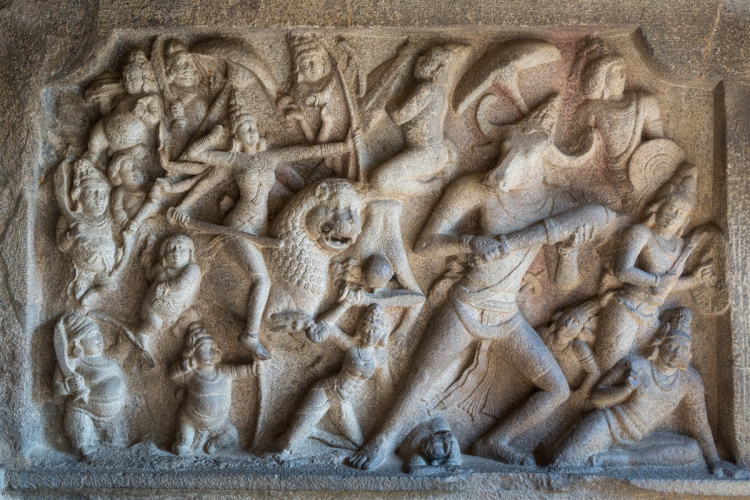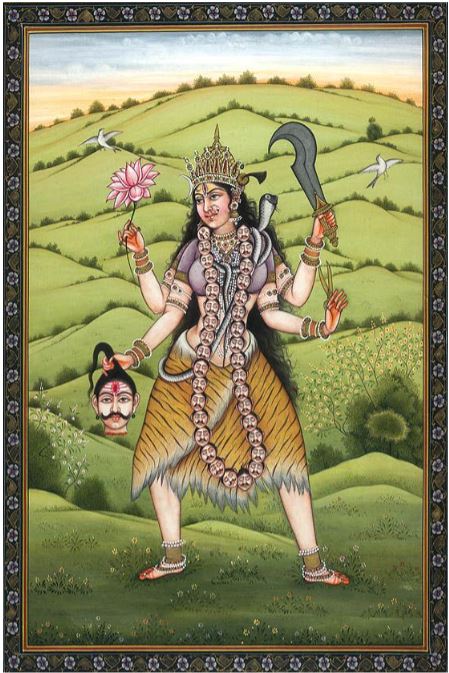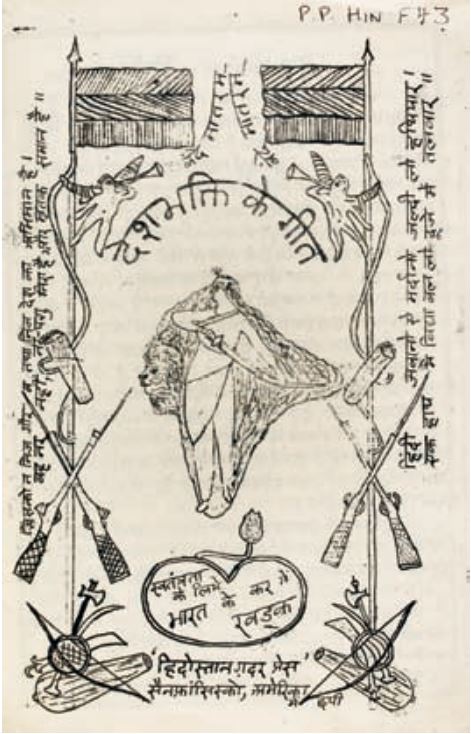
"Of the three masterpieces (Of Pallava School) in the Mahabalipuram, which reach the highest watermark of plasticity and vividness, the first is Mahishasura Mardini relief. The Goddess Durga is out to destroy Mahishasura.
1/n
1/n

The crafty, powerful buffalo-demon, is on the defensive. He is fighting with determination, though he has grown feeble, for he supports the mace with both hands, waiting eagerly for the moment when he can strike down the Goddess.
2/n
2/n
His demons are fleeing, falling, or seeking to escape.
The ganas, short and fat-bellied and armed with bow or sword, and the different Shaktis who form the army of Durga, are bold and aggressive. Some of them hold the royal umbrella over her head as she joins the fray.
3/n
The ganas, short and fat-bellied and armed with bow or sword, and the different Shaktis who form the army of Durga, are bold and aggressive. Some of them hold the royal umbrella over her head as she joins the fray.
3/n
Her mount, the ferocious lion, is rushing forward its right-paw lifted. Her head is thrown back in proud defiance and Her eight hands handle different weapons, one holding the taut bow, another drawing string to its utmost.
4/n
4/n
This is not a sculpture, much less one of a stone. It is the moving picture of living battle, every line, every shade, creating the illusion of stirring conflict.
The vigor of the composition, as carved in this relief is
5/n
The vigor of the composition, as carved in this relief is
5/n
unique in art for Durga is not the sculptural descendant of the Mother Goddess with large bosom, narrow waist and rounded hips. She is tall and Her tense body, with the slender, lithe surpluses of the maiden, is sinuous with resistless energy. Her bust is compact and firm.
6/n
6/n
Nowhere in stone or color has a woman been delineated with such grace and power or breathing such a sense of triumph, so irresistibly cosmic. Not even the song of her glorious exploits-the Devi Mahatmya- can give a truer concept of victorious mother than this stone relief."
7/n
7/n
-K. M. Munshi, Indian Temple Sculpture.
n/n
n/n
• • •
Missing some Tweet in this thread? You can try to
force a refresh








